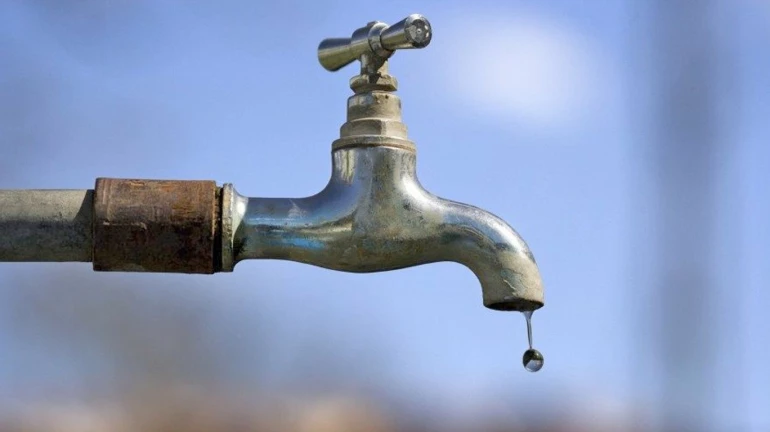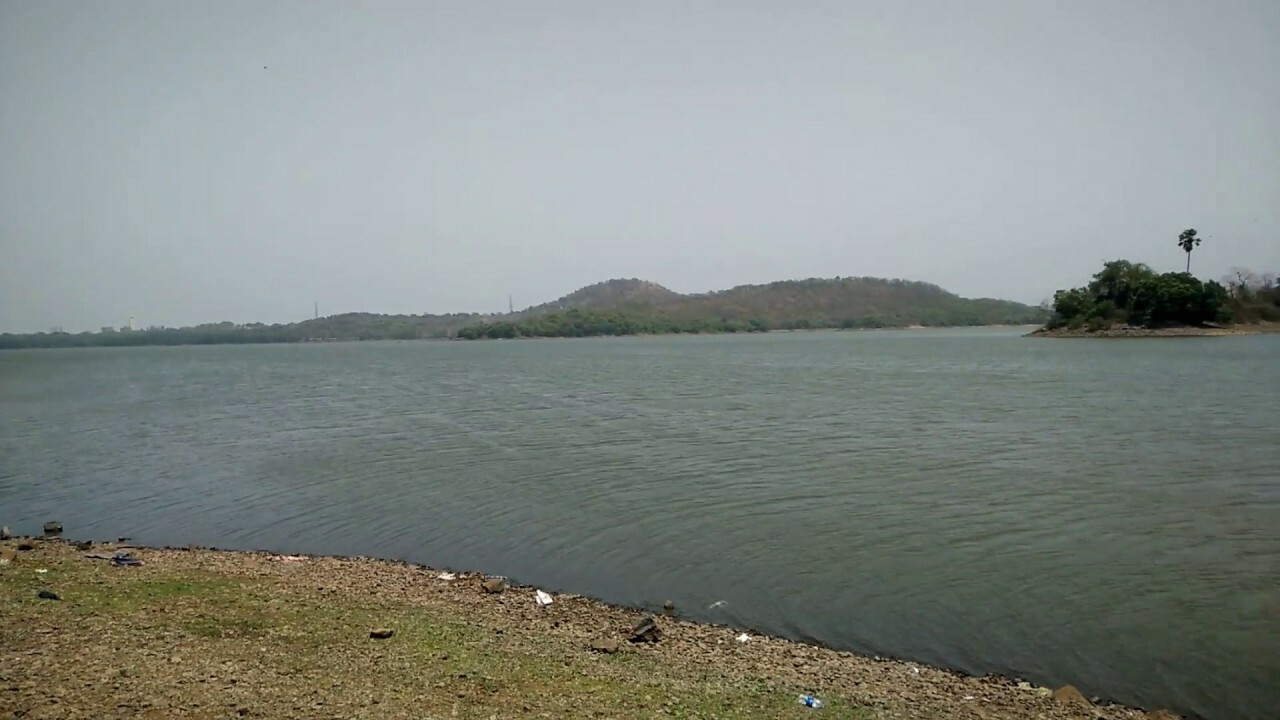
Mumbai, a metropolitan city comprised of seven islands is home to lakhs, if not millions of people residing here. Mumbai is surrounded by the sea on three fronts but still, the city requires its water resources from outside of the city, i.e. Thane district.
The island city controls several dams in Thane district that deliver water to the city. The Western Ghats trap most of the moisture-laden monsoon clouds which feed these dammed rivers. Therefore, the city made up of seven islands majorly outsources its water resources from these seven lakes/dams.
Currently, these dams deliver approximately 3.4 billion litres of water to Mumbai daily. Here are the dams supplying the city the water it needs to survive:

Vihar Lake is located near Vihar village on the Mithi River within the precincts of the Sanjay Gandhi National Park, in North Mumbai. The lake was built in 1860 and its construction started in 1856. It is situated between the Tulsi Lake and Powai Lake; and supplies only 3 per cent of the Mumbai city's water requirement. It is supplied for drinking after it is filtered at Bhandup's water filtration plant.

Tulsi Lake is a fresh water lake in northern Mumbai. The lake is said to be the second-largest in the city and is one of the three lakes located in the Salsette Island amongst the other two, i.e. Powai Lake and Vihar Lake. Similar to the Vihar lake, Tulsi is located within the densely forested Sanjay Gandhi National Park. The plan to create the lake was conceived in 1872 and its construction was completed in 1897.

Modak Sagar is a lake located in Thane district on the Vaitarna River. It has an overflow level of 163.15 meters and is also known as Lower Vaitarna. It has been one of the largest lakes supplying water to the city. Every year, the lake overflows to such a capacity that BMC diverts its water to other reservoirs. The lake remains closed for public.

Tansa Dam is an earth fill and gravity dam built on Tansa river which is located in Thane district. The dam was opened for the city in 1892 and became one of the prominent drinking water sources to the city. The height of the dam above lowest foundation is 41 m (135 ft) while the length is 2,804 m (9,199 ft).

The Bhatsa Dam is an earth fill and gravity dam on Bhatsa river. The right and left bank canal of the dam are reserved for irrigation. However, only Right bank canal is functional which flows through Bhiwandi Taluka. Bhatsa dam is also a major source of water for BMC and Thane Municipal Corporation. The water for both the municipal corporations is pumped from Pise Dam which is 50km away from Bhatsa dam on Bhatsa river. The dam also has a hydroelectric powerplant.

Middle Vaitarna Dam is the state's third tallest dam as it stands 84m high. It has been built in 2012 with roller-compacted concrete on the Vaitarna river in Thane's Kochale village. The dam holds a capacity of 455 million litres of water vital for Mumbai's growing water demand. The water is said to be transported to the Bhandup treatment plant with a 40 km pipeline and delivered to the city.

Upper Vaitarana Dam, is an earth fill and gravity dam on the west side of the flowing Vaitarna river near Igatpuri, Nashik district. The reservoir created by this dam spreads on both Vaitarna and Godavari rivers catchment area. The dam is famous for holding water sports and attracts thousands of tourists every year due to the flora and fauna, it is surrounded by. The dam also produces electricity using hydroelectric energy.





